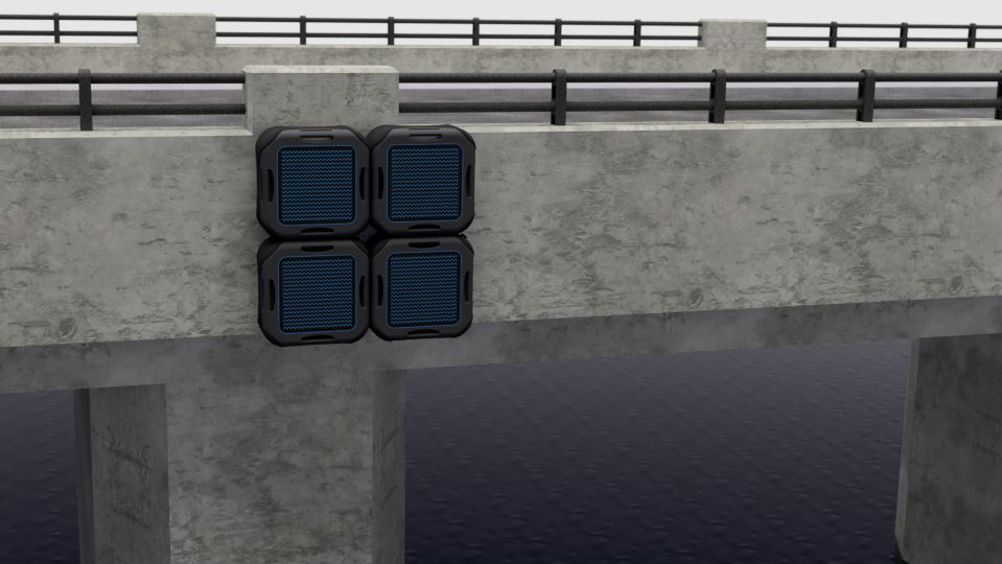Glasgow University’s Dr David Mahon has received £459,000 from UKRI’s Science and Technology Facilities Council (STFC) to support the project, which aims to reduce the cost and environmental impact of repairs to road and rail bridges by enabling earlier detection of structural problems.
One way to do this is to track the movement of muons through a structure. Muons are particles crated when cosmic rays collide with the nuclei of the gases found in the planet’s atmosphere.

When muons strike objects on earth, they are deflected very slightly from their course. The amount of deflection depends on the chemical composition of the object they hit, with heavier elements causing greater deflection.
Measuring the deflection patterns over time, paired with computer analysis, allows researchers to build up detailed 3D images of structures which are impossible to produce using other non-destructive techniques like X-rays.
Lynkeos Technology Ltd, a spinout from Glasgow University, is already using muography techniques developed by Dr Mahon and colleagues to help the nuclear industry map the locations of pieces of radioactive waste stored in concrete-filled containers at some of the UK’s nuclear power plants.
Related content
Over the next two years, Dr Mahon will work on reducing the size and improving the scanning speed of the muon detector technology to make it more suitable to be taken out of the lab and stationed in real-world conditions to take cosmic ray measurements. In partnership with Transport Scotland, the detectors will be tested at a series of bridges across the city of Glasgow.
In a statement, Dr Mahon, from Glasgow University’s School of Physics & Astronomy, said: “There are more than 74,000 road and rail bridges across the UK, most of which are made from reinforced concrete, and many of which were built between 50 and 60 years ago. That means they’re now getting close to the end of their intended lifespan, so it’s important that they are properly monitored to ensure that they can be repaired when necessary.
“Current inspection methods often require exposing steel substructure, which can lead to rust and further weakening when exposed to rain.
“Muography is a technique that’s already proven its worth in the nuclear industry, and it seems ideally placed to enable non-destructive testing in transport infrastructure too. This grant from the STFC will enable us to build on our previous achievements and build new, more portable test kits that can identify fatigue or defects at a much earlier stage than is currently possible. Being aware of problems earlier, before they cause significant damage or disruption, could help bring the overall cost of repairs down.”
In addition to making the muon-detector technology more portable and power-efficient, the project will also find new ways to harness the power of machine learning to speed up the process of taking cosmic ray measurements.
Once the project’s initial research phase is complete, Lynkeos Technology Ltd will work to bring the updated technology to market.











McMurtry Spéirling defies gravity using fan downforce
Ground effect fans were banned from competitive motorsport from the end of the 1978 season following the introduction of Gordon Murray's Brabham...